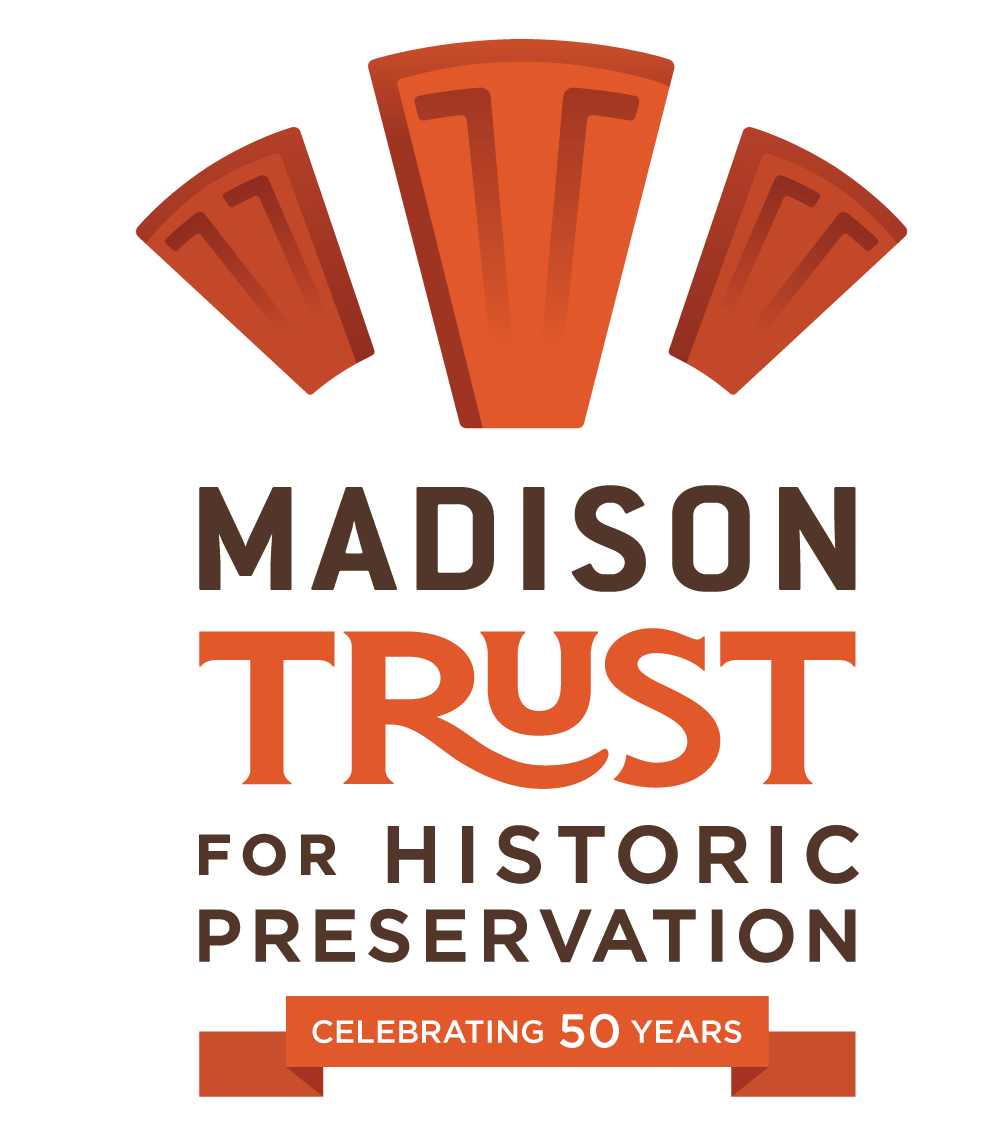Spotlight on Lynn Bjorkman
10 Questions with Lynn
Lynn Bjorkman
My hometown, Lockport, Illinois, located about thirty miles southwest of Chicago, was selected as the headquarters of the Illinois & Michigan Canal in 1830. Recognized as an outstanding example of a well-preserved canal town, Lockport is part of the I&M Canal National Heritage Area, the nation’s first national heritage corridor. My own family’s history in the area, which dates to the late 19th century, was rooted in the building trades: one of my Swedish immigrant grandfathers worked as a carpenter, the other as a painter. These early influences, including visits to Chicago and its world-famous architecture, formed my lifelong interest in history and the built environment.
Studies in art history at St Olaf College in Minnesota, and urban planning at the University of Michigan, Ann Arbor, prepared me for professional positions as a preservation planner, first for the City of Omaha, and later for Keweenaw National Historical Park in Michigan’s Upper Peninsula. Over the past thirty years, I’ve been fortunate to work on a wide range of preservation projects: developing design guidelines for commercial districts; researching the history of parks and boulevards; advising local governments on establishing preservation ordinances; and documenting copper mining landscapes, including rural Finnish log saunas. While in Omaha in the late 1980s, I joined a group formed to oppose the demolition of Jobbers Canyon National Register Historic District. Unfortunately, the preservation battle was lost, but through the experience I learned that while the outcome may be discouraging, the effort is certainly worthwhile.
Twenty years ago, marriage brought me to Madison and a home in the Dudgeon-Monroe neighborhood. While I continued work on projects in Michigan’s Upper Peninsula from my home in Wisconsin, I also served on the local steering committee that bought the national conference of the Vernacular Architecture Forum to Madison in 2012. This experience broadened my interest in Madison’s built environment, an interest that has only grown over the years. I am now pleased to serve on the Board of the Madison Trust, to focus my interests on our area’s local history, and use my past experiences to help further community preservation efforts here.
1. What three traits define you?
Curious, observant, conscientious (mostly)
2. What is your personal philosophy?
The Golden Rule
3. What’s one thing you couldn’t live without?
Wikipedia
4. What’s the most challenging job you’ve ever had?
Grill cook at a bustling college-town diner
5. What is your favorite thing to do?
Exploring on foot off-the-beaten-path places I haven’t been before, including Madison’s many historic neighborhoods
6. Where is one of the most memorable places you’ve travel to and why?
Northernmost Norway above the Arctic Circle to view prehistoric rock carvings and paintings at the World Heritage Rock Art Centre—Alta Museum.
7. If you could do another job for just one day, what would it be?
Time travel back to 1950 to work with my grandfather and uncle, both master carpenters, to build our family’s house
8. What inspires you and why?
Young people working to improve the environment and advance social justice
9. What’s the most important trend you see today in the field of historic preservation?
Bringing to light stories of underrepresented communities and preserving places that embody those stories
10. What do you think people should know about the Madison Trust?
The wide range of activities the Madison Trust offers to learn about the history of Madison’s built environment, from tours, to website articles, to on-line presentations--all are provided, at no, or minimal cost, by a group of dedicated volunteers supported by one very hard-working and talented staff person.

